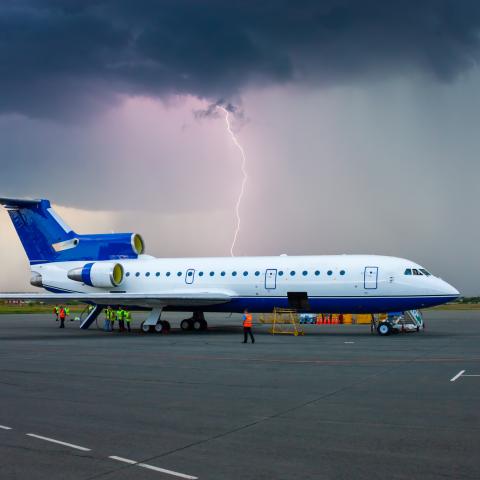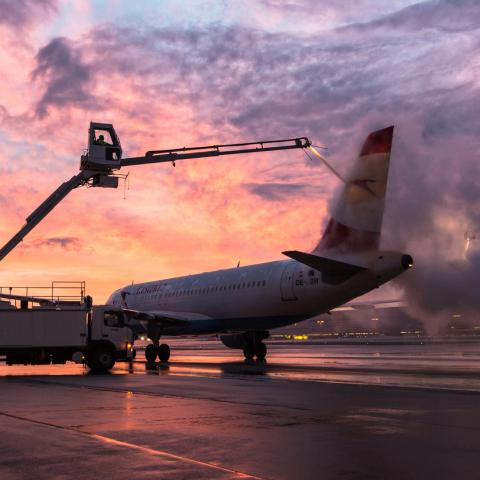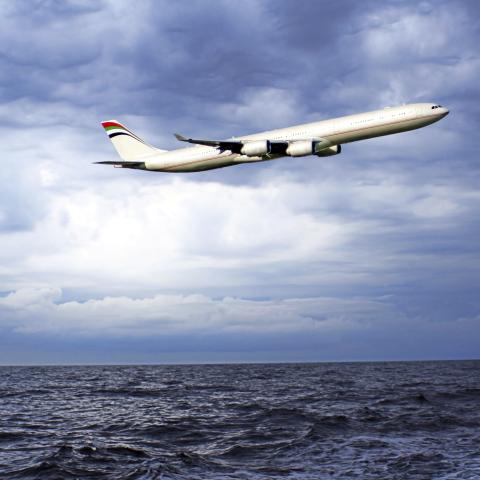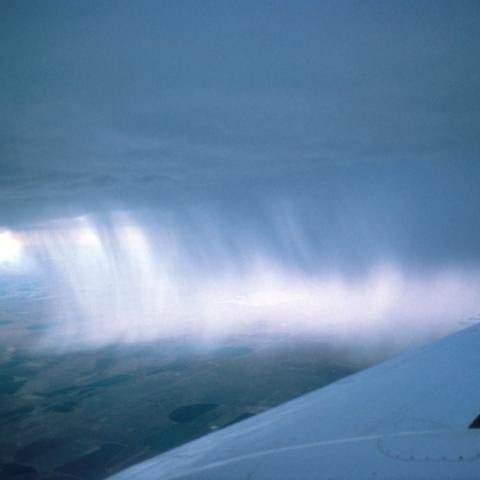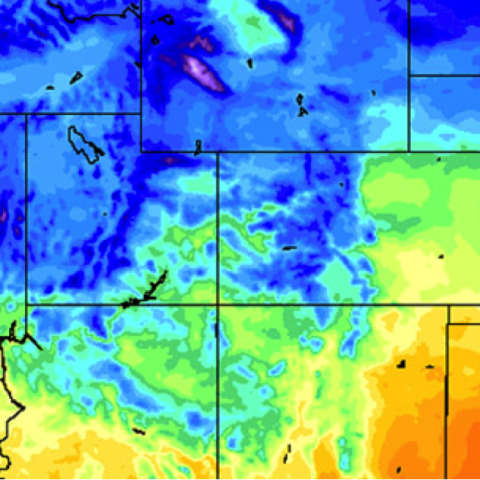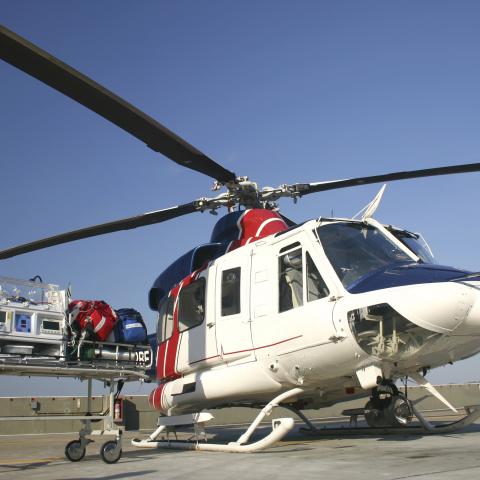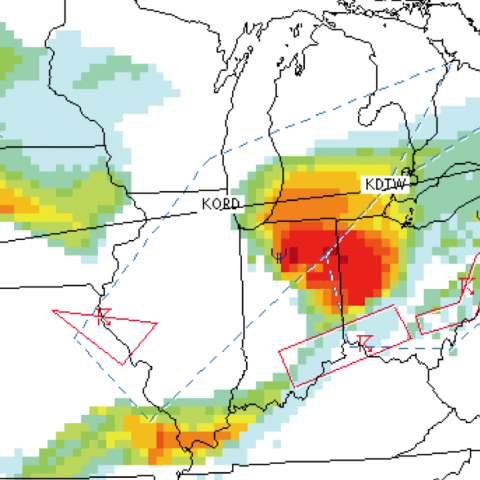Aviation Impacts
Aviation safety has improved dramatically since RAL’s discovery of low-level wind shear, once responsible for hundreds of airplane fatalities. Our research engineered ways to detect and convey this hazardous phenomenon, as well as develop training materials instructing pilots when to steer clear. But our aviation safety work wasn’t finished. Further research found ways to discern and address other hazards that threaten aviation safety. Diagnosing and predicting turbulence, icing, visibility, and thunderstorms give air traffic controllers and airlines valuable planning windows, as well as the decision-making tools to avoid these hazards.
Benefits and Impacts
Contact
Please direct questions/comments about this page to:
Matthias Steiner
Director, Aviation Applications Program

